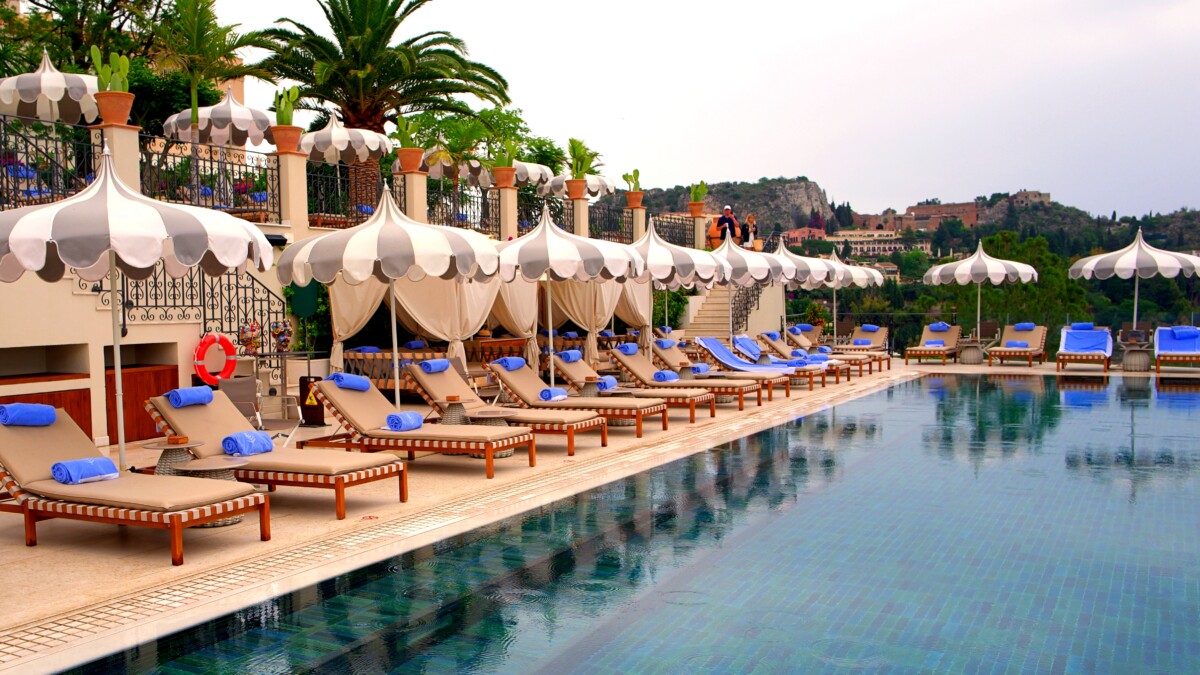
#745
TRAVEL: SAN DOMENICO PALACE, TAORMINA, FOUR SEASONS
05 Jul 2024 By David Fuhrmann-Lim
With a History Dating to The 14th Century, the San Domenico Palace in Taormina, a Four Seasons Hotel, Stands Invitingly and Imposingly on The Town’s Cliff as a Singular Force — Modern, Mysterious and Mesmerising.
The White Lotus series, set in Sicily, may have brought the hotel more attention, but the former convent has been an institution since the 14th century. The San Domenico monastery, perched stoically on the Taormina bluff like an ancient Roman deity, has been a leading light in Sicily for centuries. Its history is also the history of Taormina, as the monastery has played a significant role in helping to make the town progressive and permissive. [Read: It was Party Grand Central even way back when. But we’ll get to that later.]
About a decade ago, Four Seasons Hotels and Resorts commandeered the palace premises on the promontory. After extensive facelifts and ebullient finessing, it was reimagined and renamed San Domenico Palace, Taormina, a Four Seasons Hotel, and welcomed its first guests in 2018. [Well, almost. There was the covid thingy, which we won’t relive.]
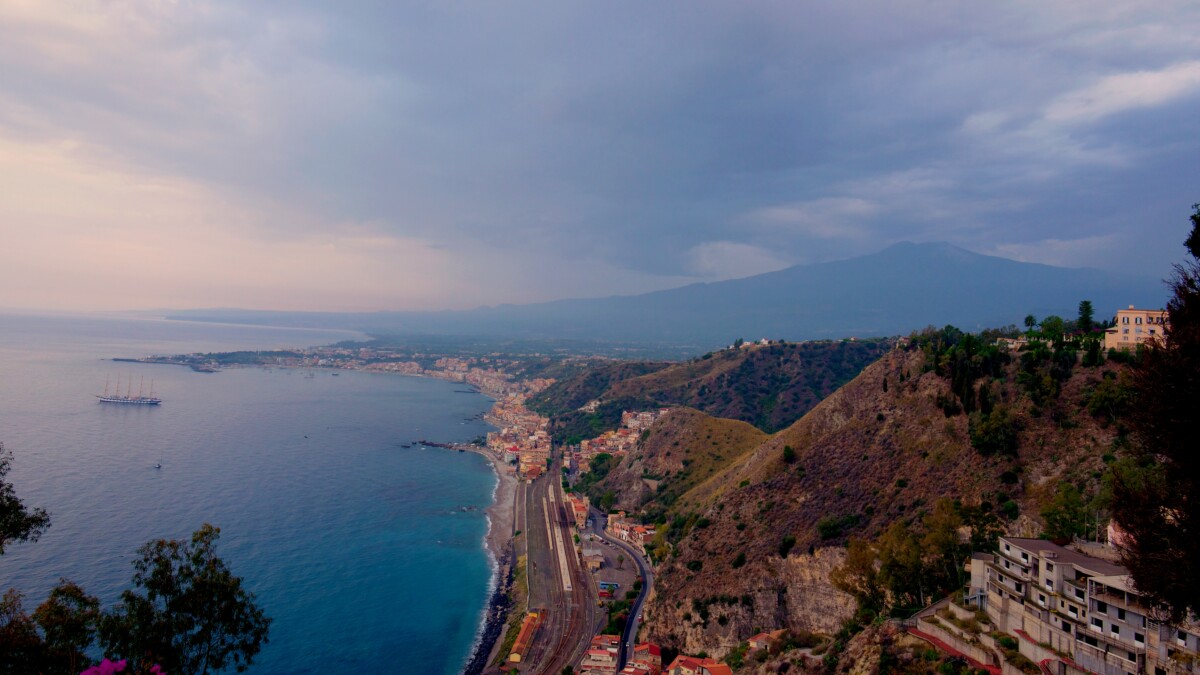
Right now, it is the thriving heartbeat of Taormina, all teched up and trendy, teeming with guests and gusto. Within, you’ll find the iconic Bar & Chiostro seen in the series; Anciovi Seafood Restaurant by the infinity swimming pool overlooking the Ionian Sea; the Michelin-starred Principe Cerami serving elevated Sicilian dishes; the cloister for solitude, the courtyard for aperitivo; and the luxurious rooms overlooking the sea.
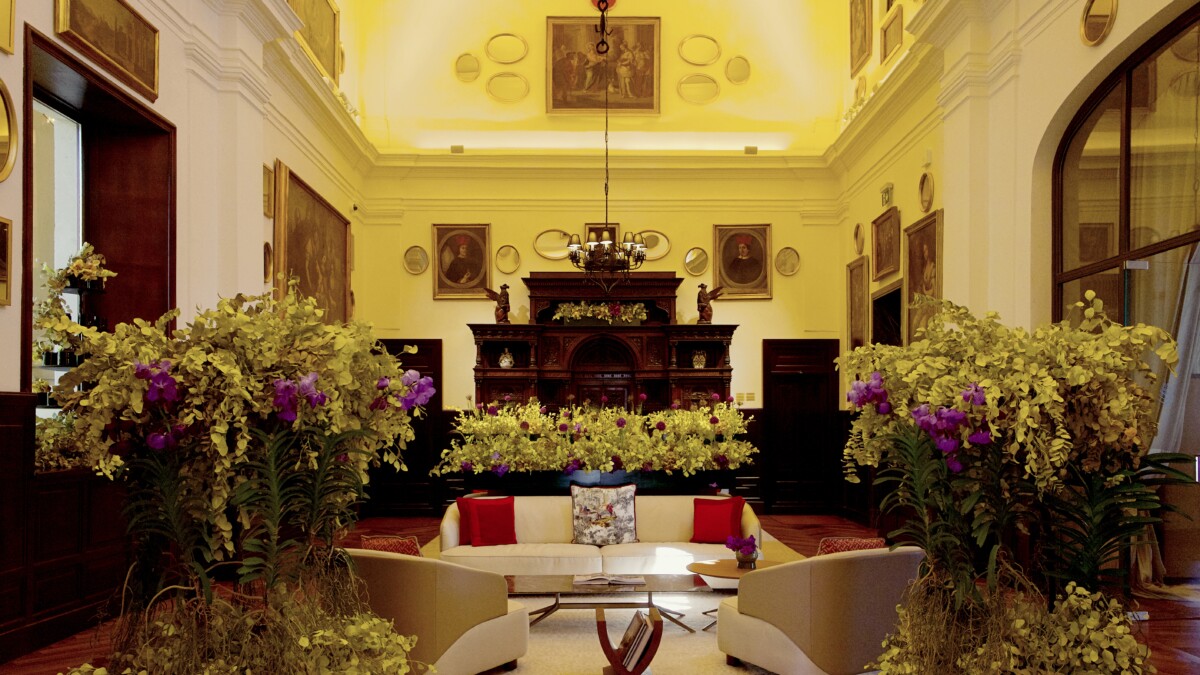
But almost the first thing you’ll notice within the hotel premises are the artworks — so much artwork spread across the premises as if Jupiter himself had loaned it from his heavenly atelier. The art collection amassed numbers in the hundreds. Most are displayed around the hotel alongside newly commissioned works, while many are still being archived. The new artworks provide an entrada to the older pieces; side by side, they electrify and converse through the centuries.
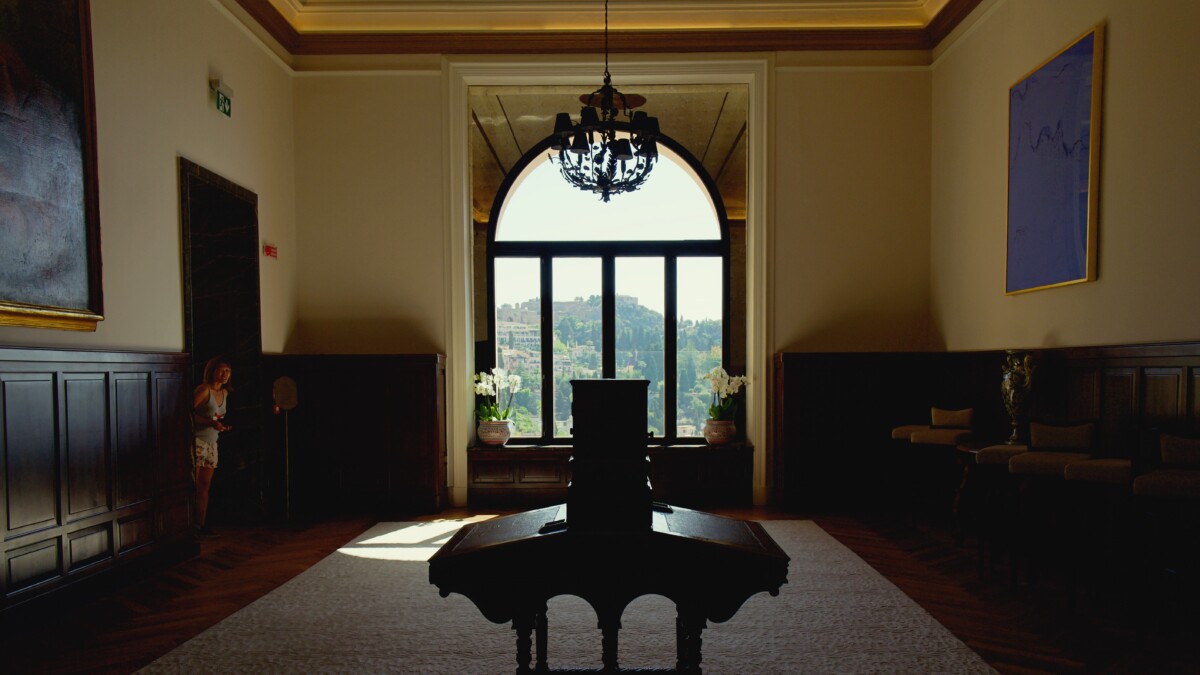
The hotel is a living museum because of its art history: Back in the day (dei?), the monastery was filled with the second and third sons of the most prominent families in Sicily — scions whose only choice was to serve either in the military or the monkhood. (Eldest brother would inherit the family business and wealth! Primogeniture, eh?). Along with the sons, families also bequeathed artwork and money, thus making the monastery one of the richest in Europe.
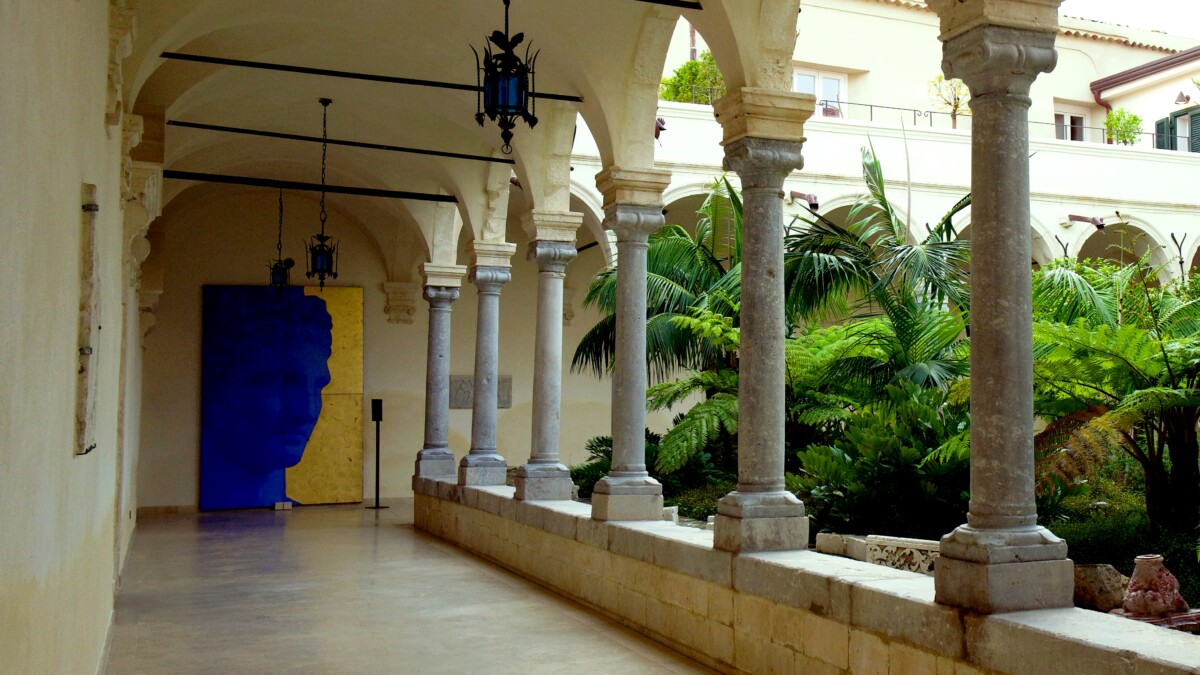
In addition to daily chores and prayers, the monks also helped design the convent by reusing the stones and pillars from the fallen Greek Theatre (earthquake, natch), which can be seen just down the winding road. These historical stones and artefacts from the ancient regime are still in the hotel; the pillars still form the backbone of the hotel’s courtyard and cloisters. The artwork has been passed along through the generations and is now the priceless property of the hotel.
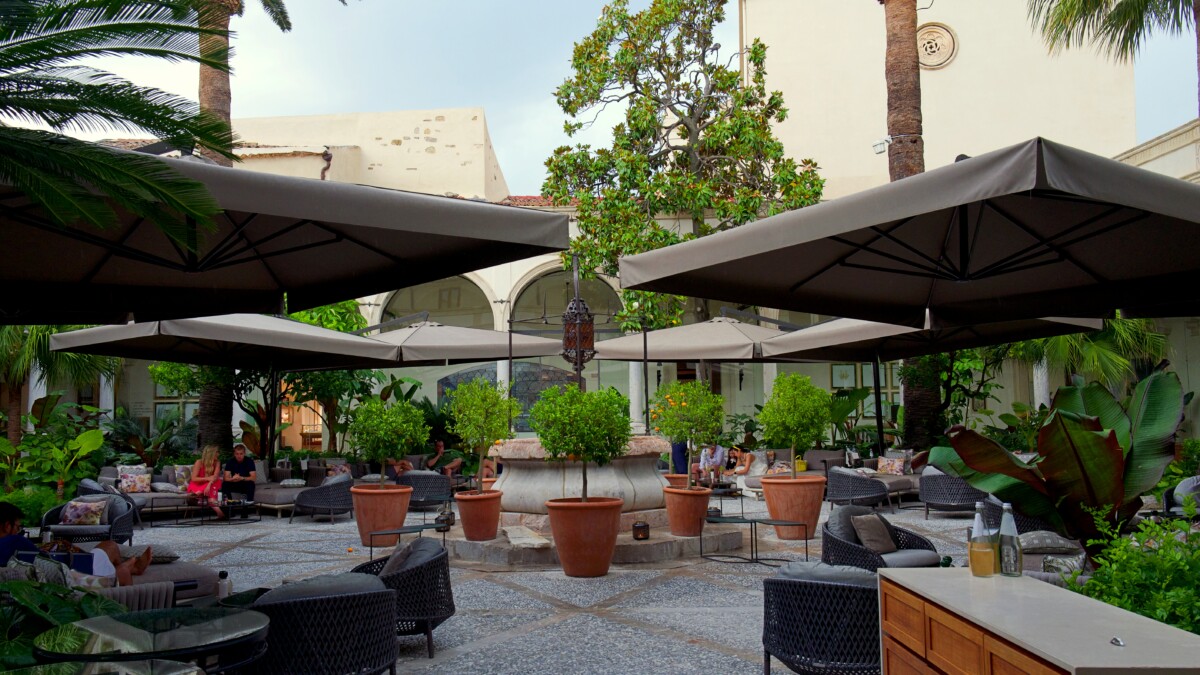
In 1896, the convent became the San Domenico Palace Hotel, just as Taormina began to prosper. During the ribald twenties and thirties (as if prohibition never happened), the hotel welcomed famous writers and artists into its folds: Ernest Hemingway, D.H. Lawrence, Truman Capote, John Steinbeck, Andre Gide and W.B. Yeats. Writers were captivated by its history; poets inspired by its landscape.
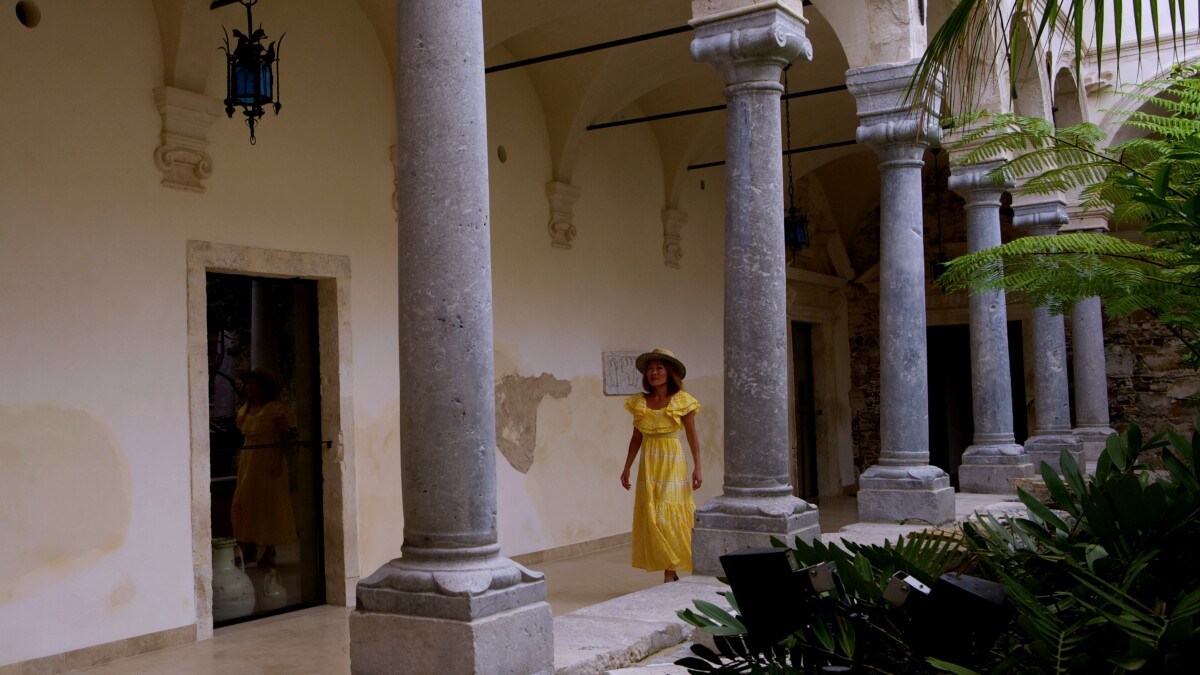
During Italy’s la dolce vita years around the 1950s and 1960s, luminaries like Elizabeth Taylor, Richard Burton, Greta Garbo, and Marlene Dietrich were frequent guests. Whether exploring its sanctums or galleries, one can almost hear the mythic refrains of composer Richard Strauss’s Daphne opera, composed while he lived here.
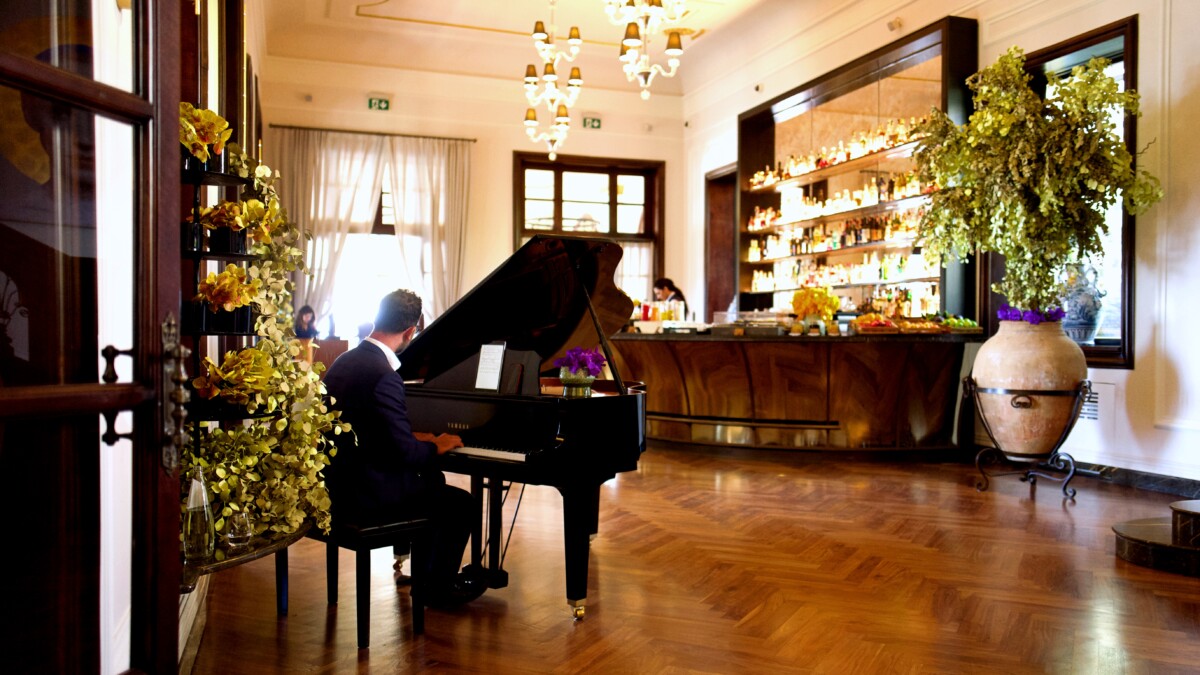
There’s much more to do here now compared to a bygone summer day. Of course, we hit the familiar Bar & Chiostro, so recognisable from the series. Italians do aperitivo differently; like Hydra’s regeneration, cocktails and snacks appeared before us and were constantly replenished. Aria di Pace is a mezcal delight with acidified pineapple and sage, while the thrilling The Great Gift has Campari, marjoram, black bee’s salted honey and lemon provola. The local olives are an organic filler before a highly anticipated dinner at award-winning Principe Cerami.
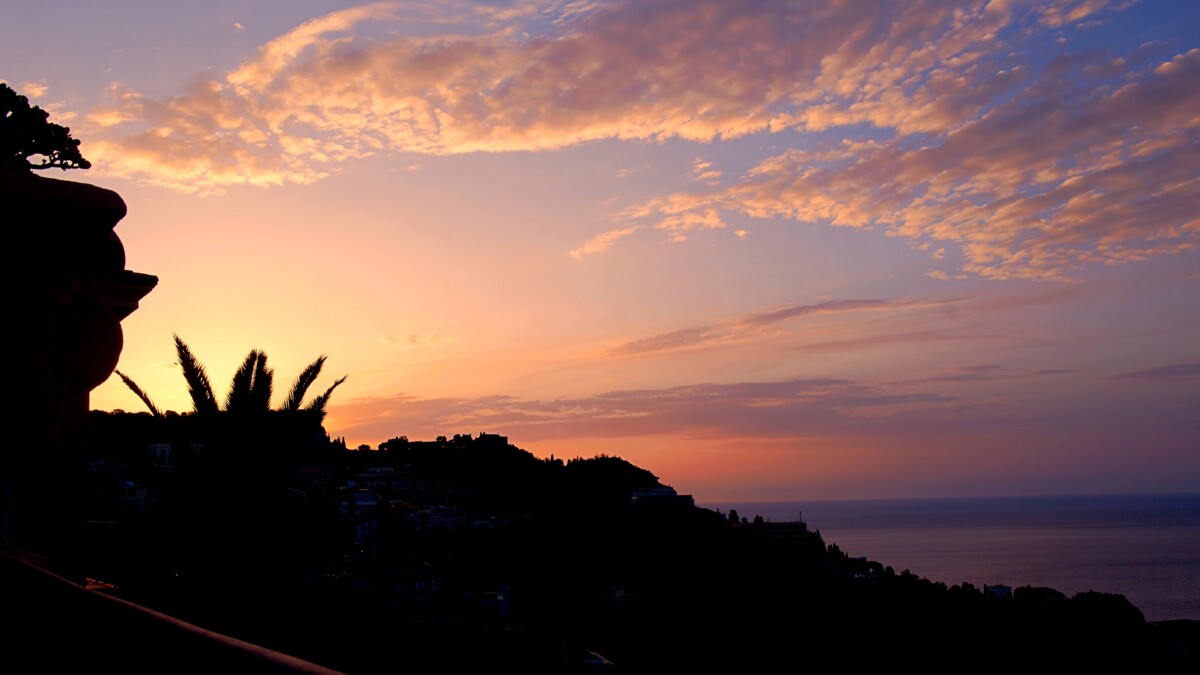
Like the beleaguered Prince Fabrizio in Guiseppe Tomasi di Lampedusa’s The Leopard novel, we did not get the sunniest days. It was overcast when we arrived, but the light in Taormina is suffused and soporific. In the morning, it inched over the neighbouring cliff where, according to D.H. Lawrence, “dark repressed clouds mix” with some golden clouds before they bless the villas and gardens with an exalted touch. [The author of Lady Chatterley’s Lover based his book’s gamekeeper on a mule driver he met here.]
On our last morning, the light obligingly came out to play. It shone on the town, it shone onto the cloisters, and it shone through the leaves and the moods — and it was glorious. We deserved this; this is how Taormina ought to be, a blazing blitzkrieg of light. It was time to hit the pool.

We swam in the infinity pool that overlooked the Mediterranean, watched by a pair of the ceramic heads of the Moorish knight and the noble princess on each end of the pool. Funny story that: legend tells of the forbidden love between said princess and knight. Her family discovered their tryst, said “no-no”, then beheaded them, turned their heads into vases and hung them on the balcony as a warning. From it, abundant basil grew (#gardeninghack). It’s Sicily’s most famous souvenir item (primarily made in Caltagirone further east, still using thousand-year-old pottery methods).
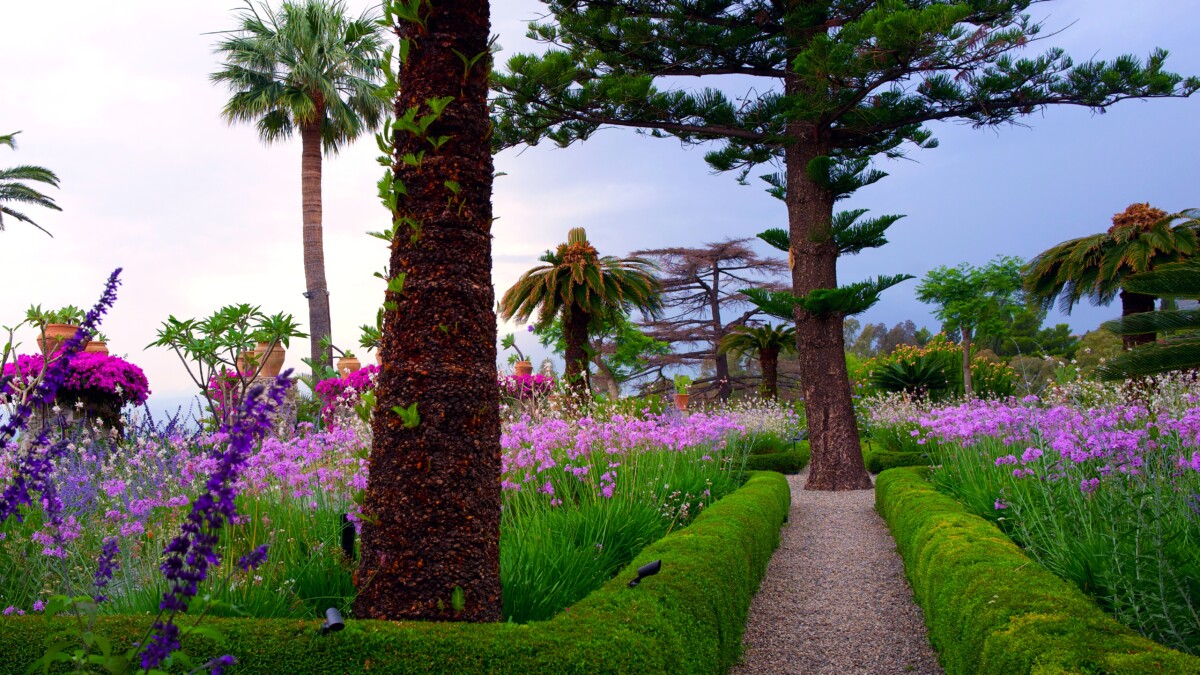
The fecund garden peers over the sea, imaginatively designed with a crossroad to reference the elements: towards the sea, water; towards Mt Etna on the east, fire; towards the hotel, stones; and to the west, metals. The garden is a source of lemons, spices and earthly delights, serving the kitchens now as it did the monks centuries ago.
It wasn’t all work and worship for the monks back then. The monastery was a melting pot of thinkers and artists, royals and writers, all gathered in the San Domenico Palace to exchange ideas, ideologies and jugs of mead and wine. They could see the ruined Greek Theatre, Mt Etna, and beyond past the horizon and endless tomorrows.
Taormina was the most permissive town in Europe back in the day: Wilheim von Gloeden’s photographs of virile Italian youths brought all the boys to the yard; the glamourous film festivals gathered the stars and starers; and swanky tourists amassed to marvel at the hotel’s majestic and partake of its panache.
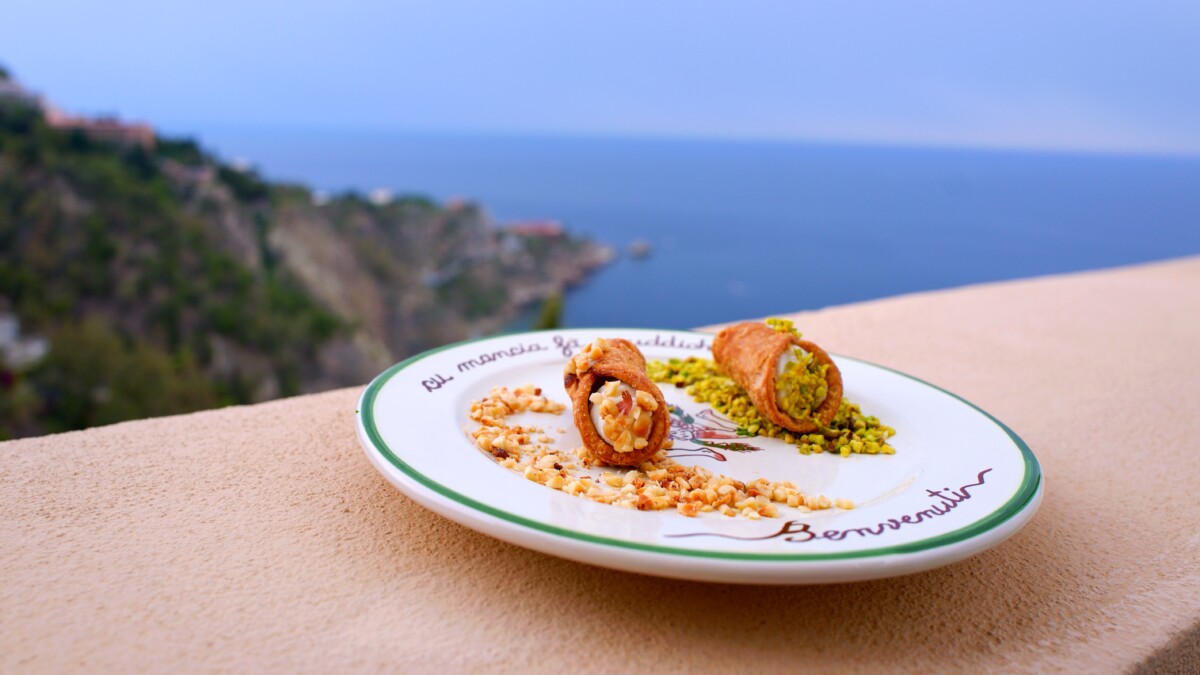
During our stay at the hotel, we were equally taken by the views, touched by the hospitality, and thrilled by the art. The cuisine — still thinking about the Monte Etna pasta from Principe Cerami — was unexpected, the cocktails wicked, and the room was magnifico. Even the cannoli staple is estimable.
The inscription on the plate reads, “Cu mancia fa muddichi”: the one who eats makes crumbs. Roughly interpreted, it means life’s not perfect. Whenever you attempt anything, there will inevitably be mistakes. When you eat, you’ll leave crumbs, and there’s no harm in minor mishaps.
In this case, we didn’t even leave crumbs behind — life’s just perfect.
Many thanks to San Domenico Palace, Taormina, for the hospitality.
Photography ©davidfuhrmannlim
